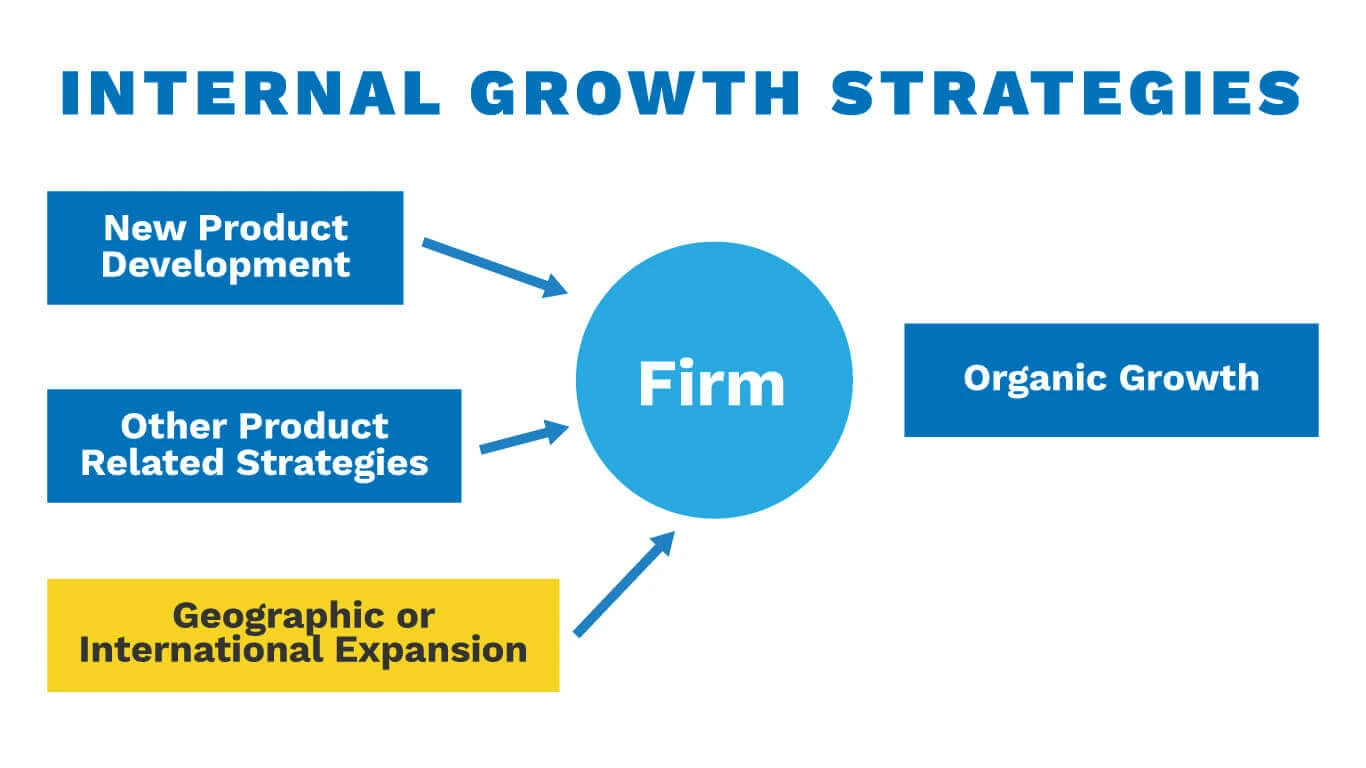Cre8tive Logic Insights
Geographic Expansion to Drive Organic Growth
June 2019 | Written By Michael Schmid
Looking beyond product development or product-related growth strategies, geographic expansion (including international expansion and/or export programs) can be an effective means of driving sustainable growth for a firm.

Faced with a maturing or saturated market and perhaps a product or product portfolio in which line extensions or product improvement programs seem unjustifiable from an investment standpoint, it may be time to consider geographic expansion. While expanding geographically is all about reaching new, perhaps untapped markets and customers, it does not necessarily mean establishing an office or physical location in another area of the country or world. Rather, it could be a program as simple as placing a regional sales manager or business development expert in the targeted geography. It could also simply be an initiative where the firm creates or procures a contact database specific to the targeted geographic area(s) and begins creating touchpoints via direct e-mail, social media, cold-calling Campaigns, and/or active participation in regional tradeshows and conferences. But once the firm begins to realize traction in any given geography, it may in fact be time to establish a physical presence in a new regional location. Although there are many diverse tactics to deploy in order to achieve geographic expansion, below are five rather conservative methods for executives to consider when pursuing a geographic growth strategy:
1. Work with Local Consultant(s)
Although this can get expensive and forfeit direct control, hiring a consultant (firm or agent) to initially test the viability of a new geographic market and build it out can be a prudent and risk-averse decision. This tactic can be particularly effective when choosing to expand internationally. In many cases, and particularly with smaller firms, internal knowledge and familiarity with a foreign market can be difficult or even impossible to find. So, an in-country consultant, perhaps in combination with an internal business development manager, can help to quickly establish a foothold and legitimacy in foreign markets and assess and exploit growth opportunities.
2. Leverage a Proven Internal Leader(s)
Look to an internal business development, marketing or sales pro within the organization whose methods have continually exceeded growth expectations and place them in the targeted geography. This may be a temporary placement until he/she is able to build a successful, sustainable team, but we know that replicating past high performance can be a rather lower risk means of driving and ensuring future growth. In other words, take what is and has worked well and apply it to the new targeted geographic market.
3. Centralized Hub with Decentralized Support
Instead of physically expanding geographically, simply leverage a firm’s current infrastructure and recruit individuals from within the targeted geography to work out of the central or headquarters location. This tactic can be another cost-effective and risk-averse means of expanding internationally. It also has the added advantage of introducing everyone in the firm itself to the nuances, new culture and customs associated with the new targeted geography.
4. Establish Partnerships (or even JVs)
Partnerships are a relatively easy way of helping a firm to expand its geographic reach. In many industries sales brokers, dealers and distributors exist solely for the purpose of representing and/or re-selling products or services specific to their respective geographies. For example, if a food manufacture would like to expand its reach to west-coast grocery retailers, it would be a beneficial and not-too-risky move to establish broker relationships in California, Oregon and Washington.
Joint ventures (JVs) on the other hand can be a bold tactic to employ in order to capture a foreign market. For example, if a food manufacturer seeks to expand into India, establishing a joint venture with a manufacturer of similar capability within India itself may be an effective means of capturing share in that country. Establishing a JV in this example would mean that the firm does not have to invest in the construction of a new plant or manufacturing capability in-country, and in addition the costs associated with export are nullified.
5. Franchise
Given a proven and replicable business model, product, or service, and the desire to tap other geographic markets, a franchising strategy may be something to consider. In a business format franchise, for example, the franchisor provides a formula for doing business to the franchisee along with training, advertising, and other forms of assistance. Franchising can be particularly successful if a firm has a strong or potentially strong trademark, a well-designed business method, and established/documented business processes. The advantages of franchising include:
Relatively rapid, low-cost geographic market expansion
Incremental income from franchise fees and royalties
Increased buying power for raw materials, supplies, etc
We're Ready to Go - Let's
